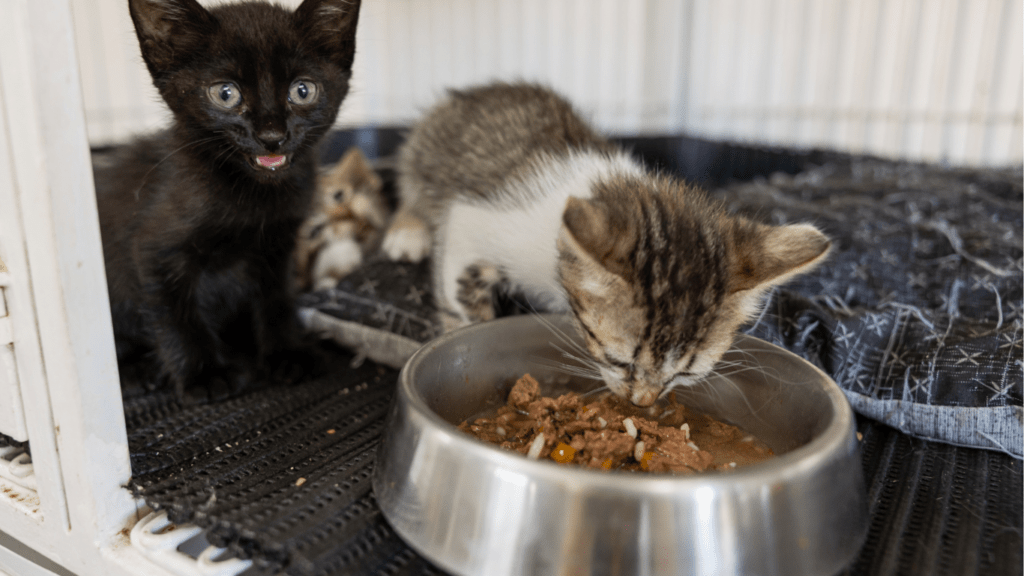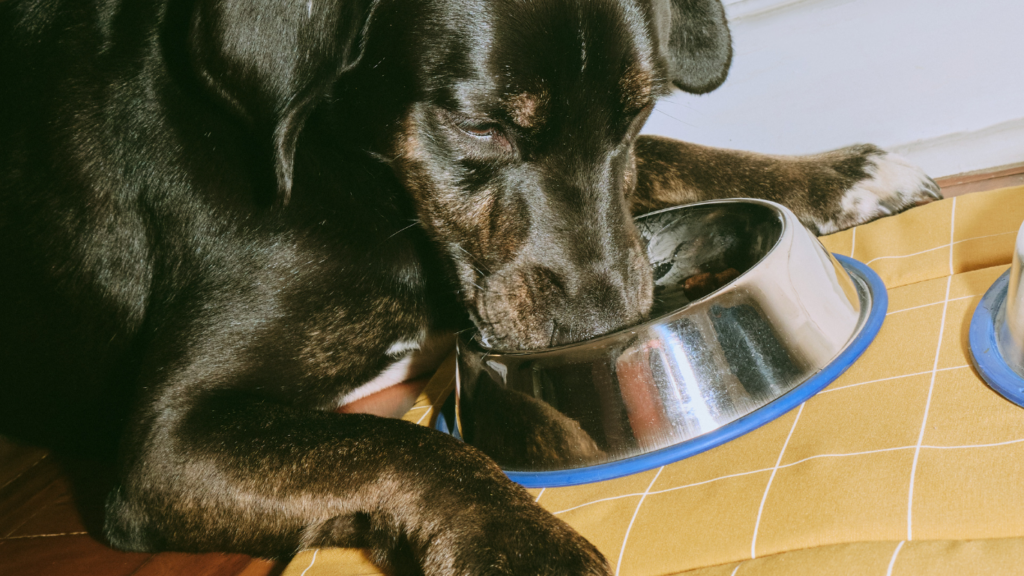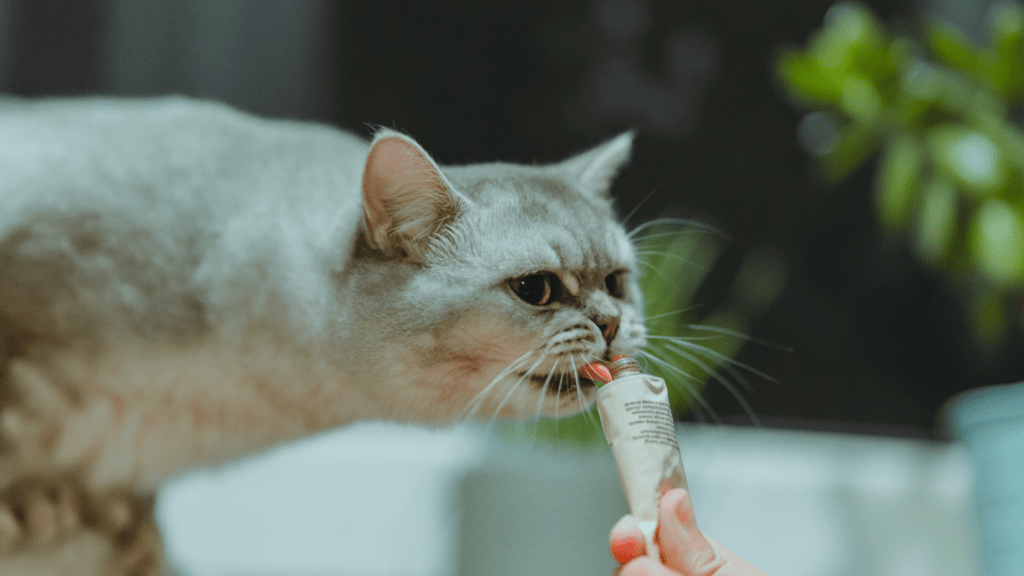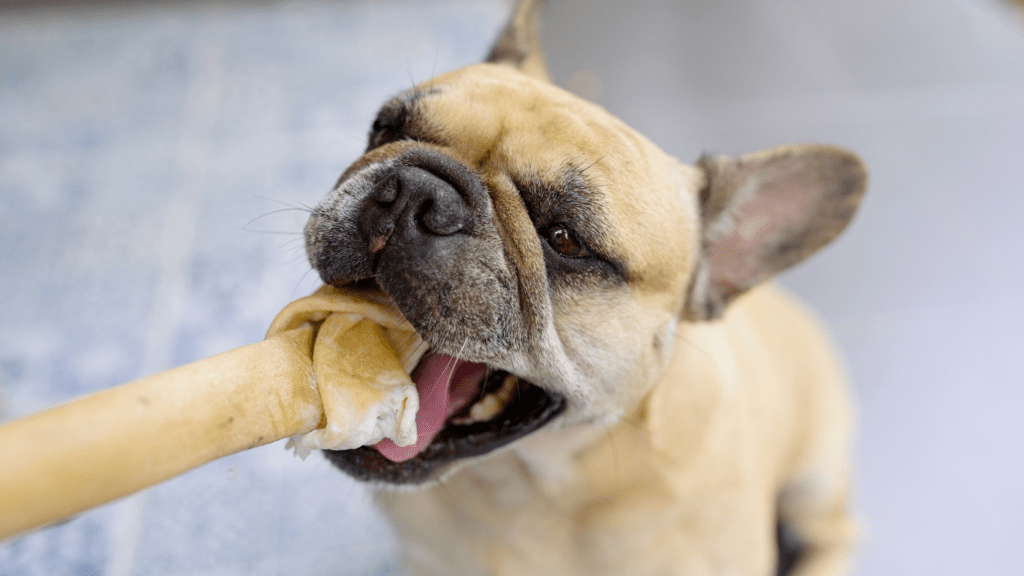Understanding the Need for a Diet Change
Switching a pet’s diet isn’t a decision taken lightly. Several reasons justify a change. Diet-related health issues like allergies, obesity, or digestive problems often necessitate a new diet. Veterinarian recommendations frequently signal the need for adjustments in a pet’s diet to address specific health concerns.
Pets may develop allergies or intolerances to certain ingredients over time. Symptoms like itching, digestive upset, or skin issues often indicate food intolerances. Identifying the offending ingredient can help determine the next steps for diet modification.
Age and lifestyle changes also play a role in dietary needs. Puppies and kittens have different nutritional requirements compared to adult or senior pets. Similarly, activity level influences caloric and nutritional needs. An active pet requires different nutrients than a less active one.
Weight management is another critical factor. Overweight pets benefit from a diet lower in calories and higher in fiber. Conversely, underweight pets might need a diet richer in calories and nutrients to promote healthy weight gain.
Understanding these reasons helps make informed decisions, ensuring the well-being of pets through a suitable diet tailored to their specific needs.
Preparing for the Transition
Transitioning your pet to a new diet requires careful planning. Preparations can mitigate potential issues and ensure a smoother change.
Consulting Your Veterinarian
Consulting a veterinarian before starting the transition is crucial. Veterinarians provide expertise based on your pet’s health history. They can identify food allergies, dietary deficiencies, or specific needs. Consulting a vet ensures you’re making informed changes tailored to your pet’s well-being.
Choosing the Right Food
Choosing the right food involves researching reputable brands and ingredients. Look for products meeting AAFCO standards, indicating nutritional adequacy. Consider your pet’s age, breed, and existing health conditions when selecting food. Reading labels helps you understand ingredient quality and suitability, aiding in the selection of the best diet for your pet.
The Transition Process
Introducing a new diet to your pet requires a methodical approach to avoid health issues. Following a structured plan helps ensure a smooth transition.
Gradual Integration Method
I recommend a gradual integration method to switch your pet’s food. Start by mixing 25% of the new food with 75% of the old food. After three days, increase the new food to 50% and reduce the old food to 50%. Maintain this ratio for another three days. Following this period, mix 75% of the new food with 25% of the old food for the next three days. Finally, transition to 100% new food. This slow shift helps minimize digestive issues and allows your pet to adjust to the new diet.
Monitoring Your Pet’s Health
Throughout the transition, closely monitor your pet’s health. Track changes in energy levels, coat condition, and stool consistency. If you notice any adverse reactions, like vomiting or diarrhea, revert to the old diet and consult the veterinarian for further advice. Regularly assess weight and hydration status to ensure the new diet meets your pet’s needs. Maintain communication with the vet to adjust the diet based on your pet’s reactions and health indicators.
Common Challenges and Solutions
Transitioning a pet to a new diet can present several challenges. Understanding these challenges and knowing how to address them helps ensure a smooth transition.
Dealing with Refusal to Eat
Pets may refuse to eat the new food. Introducing the new diet gradually helps mitigate this issue. Start by mixing a small amount of the new food with their current food. Gradually increase the new food amount over 7-10 days while decreasing the old food. If refusal continues, try warming the new food slightly or adding a small amount of low-sodium chicken broth. Ensure the changes are slow and observe your pet’s reactions daily.
Handling Digestive Issues
Digestive issues can occur when changing a pet’s diet. Gradually integrating the new food helps reduce this risk. Monitor signs like:
- diarrhea
- vomiting
- constipation
If these symptoms arise, reduce the new food portion and extend the transition period. Adding a probiotic supplement may also support digestive health during the switch. Consult the veterinarian if digestive problems persist for personalized advice and possible adjustments to the diet plan.
Tips for a Smooth Transition

Start Gradually
Introduce the new diet in small increments. Mix 25% of the new food with 75% of the old food for the first few days. Gradually increase the new food to 50%, 75%, and then 100%, each over the span of several days.
Monitor Your Pet’s Response
Watch for changes in your pet’s behavior, energy levels, and stool quality. If you notice any adverse effects like vomiting or diarrhea, slow down the transition process and consult your veterinarian.
Maintain Consistent Feeding Times
Keep meal times consistent during the transition. This helps your pet’s digestive system adjust to the new food.
- Add Tasty Enhancers
If your pet is reluctant to try the new diet, add appealing but safe enhancers. Low-sodium chicken broth or a bit of wet food can make the new diet more enticing.
- Ensure Hydration
Monitor your pet’s water intake during the transition. Dehydration can exacerbate any digestive issues.
- Document Changes
Keep a journal of your pet’s progress. Note any changes in behavior, energy levels, and stool consistency. This record can help your vet pinpoint any issues.
- Consult Your Veterinarian
Maintain regular communication with your veterinarian throughout the transition process. They can offer additional guidance based on your pet’s specific needs.
- Be Patient
Every pet adjusts at their own pace. Patience and close attention to your pet’s needs will facilitate a smoother transition to their new diet.




